
Abraham and Lot’s herds had increased and were getting too large to graze together. Lot chose to move his family and herd to the verdant environs of Sodom on “the plain of Jordan, [for] it was well watered every where” Gen. 13:10. While living in Sodom, Lot entertained holy men who warned his family to flee. As they were fleeing, Lot’s wife “looked back” and was turned into a pillar of salt. I believe that her “looking back” was more than a physical gesture but an emotional desire to return and a yearning for the life she experienced in Sodom. In any case, Lot’s two daughters got him very drunk and over two nights each laid with him and bore him two sons. Each son became the father of the countries of Moab and Ammon respectively (Genesis chapter 19). Surely the two daughters had learned about this type of seduction from their years growing up in Sodom.
Just after Lot had fled from Sodom, “the Lord rained upon Sodom and upon Gomorrah brimstone and fire from the Lord out of heaven; And he overthrew those cities, and all the plain, and all the inhabitants of the cities, and that which grew upon the ground.” Gen. 19:24-25.
For decades most scholars felt that Sodom and Gomorrah were located in or around what is now the southern basin of the Dead Sea (some scholars still hold to that theory). Nevertheless, recent excavations at Tall el-Hammam, in the Jordan Valley just north of the Dead Sea, has revealed compelling evidence that it is the probable site of Sodom (or Gomorrah). The two are nearly always named together and were probably located close to each other. Since the king of Sodom was apparently the leader in the alliance of the five kings in Genesis chapter 14, his was probably the larger city.
Archeologists and scientists at the Tall el-Hammam excavation in Jordan, near the northern shore of the Dead Sea, have discovered melted pottery and bricks, carbon diamonds, and ash. To melt pottery and bricks as well as to produce small carbon diamonds temperatures needed to be over 4500 degrees Fahrenheit (2500 Celsius). The date of the destruction was about 1650 BC, possibly during the time of Abraham (the date when Abraham lived is contested, anywhere from 1950 to 1450 BC). In addition, it appears from the position of the skeletons that the destruction was almost instant as people were going about daily activities.
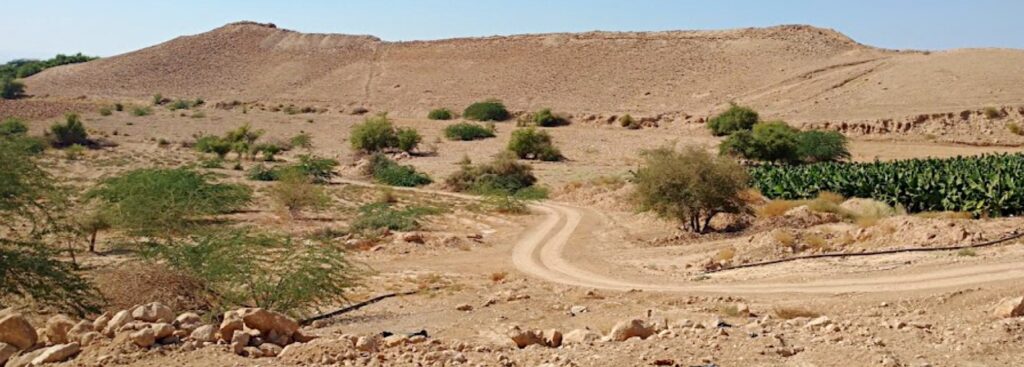
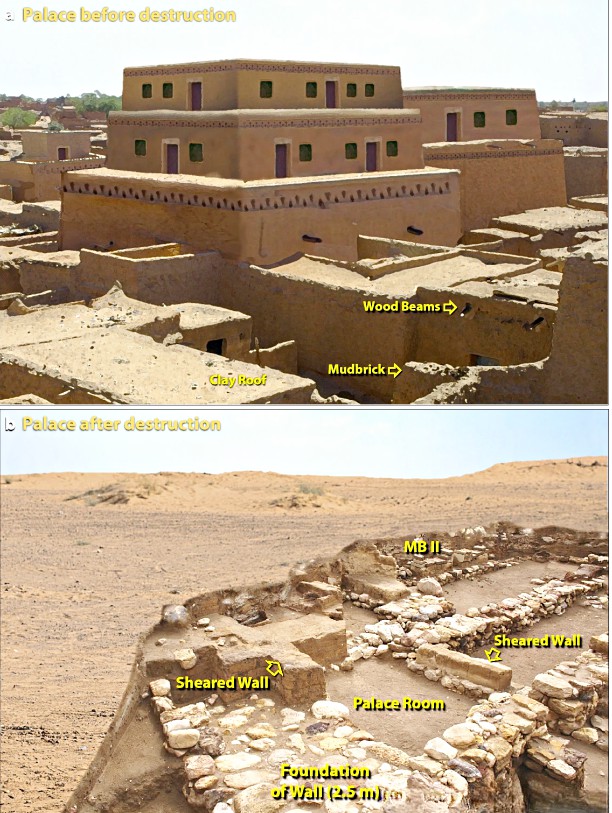
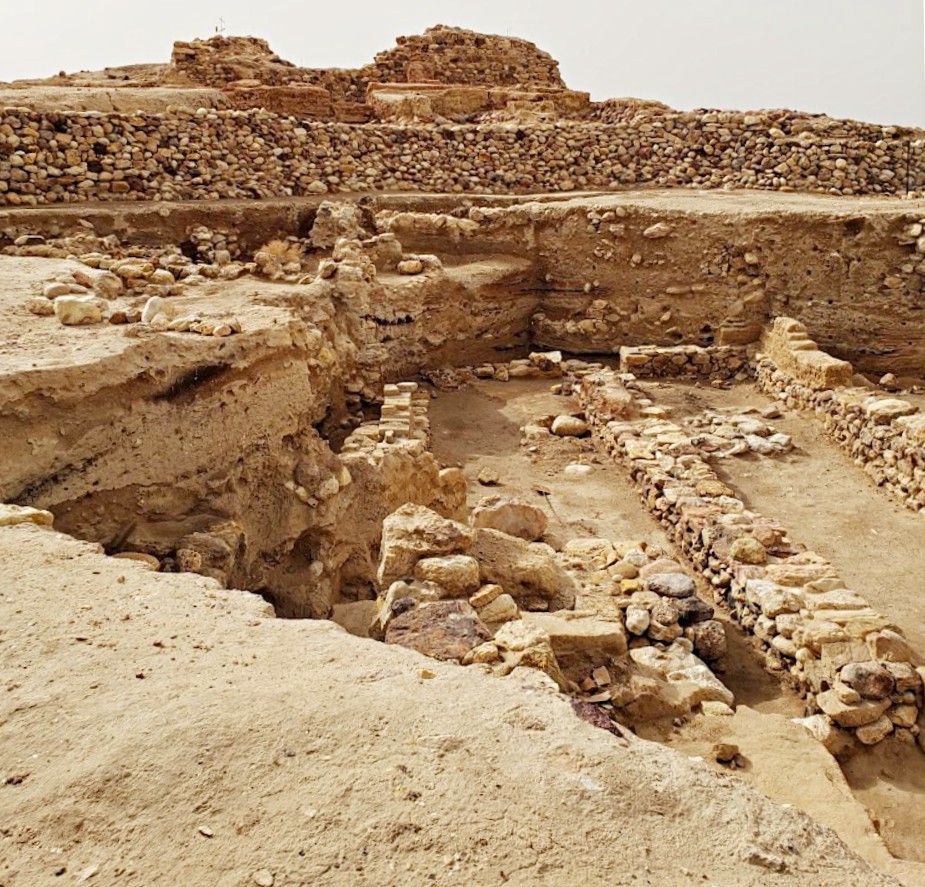
From the extreme destruction it was concluded that a Tunguska Event had occurred. A Tunguska Event is when a meteor or comet explodes while above the earth, still in the sky. It projects a fire ball in the meteor’s direction of travel with the magnitude of an atomic bomb, but because it detonates in the sky it does not leave a crater. The event would have given the appearance of raining brimstone and fire. It would also have left the effected area uninhabitable for a few centuries.
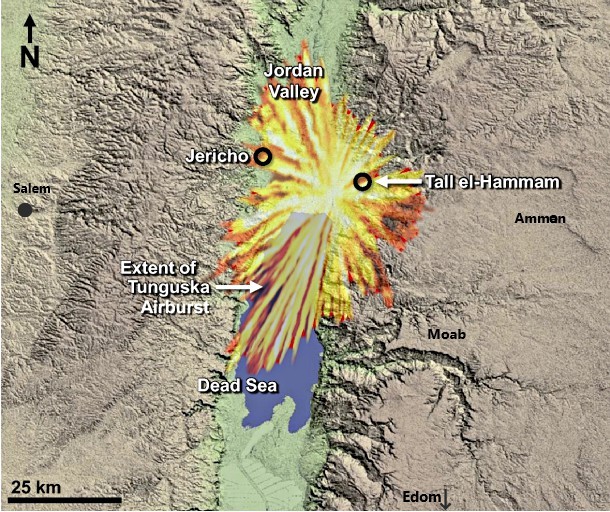
Tall el-Hammam (Sodom) is currently an active archeological excavation site and is not yet open to the public. However, there are plans to make it a tourist site once excavations have completed (no date has been announced).
Sources and further reading:
Times of Israel, by TOI Staff, Meteor destroyed ancient city, likely inspired Bible tale of Sodom, study finds, 25 September 2021.
Nature, by Ted E. Bunch, plus 19 others, A Tunguska sized airburst destroyed Tall el-Hammam a Middle Bronze Age city in the Jordan Valley near the Dead Sea, 20 September 2021.
Smithsonian Magazine, by Livia Gershon, Ancient City’s Destruction by Exploding Space Rock May Have Inspired Biblical Story of Sodom, 22 September 2021.
Biblical Archaeological Library, by Steven Collins, Where Is Sodom? The Case for Tall el-Hammam, March/April 2013.
< Previous Post on “Abraham’s Gate” at Tel Dan and the Battle Account in Genesis 14
Next post on “A City That is Set On an Hill Cannot Be Hid” >
Return to Homepage
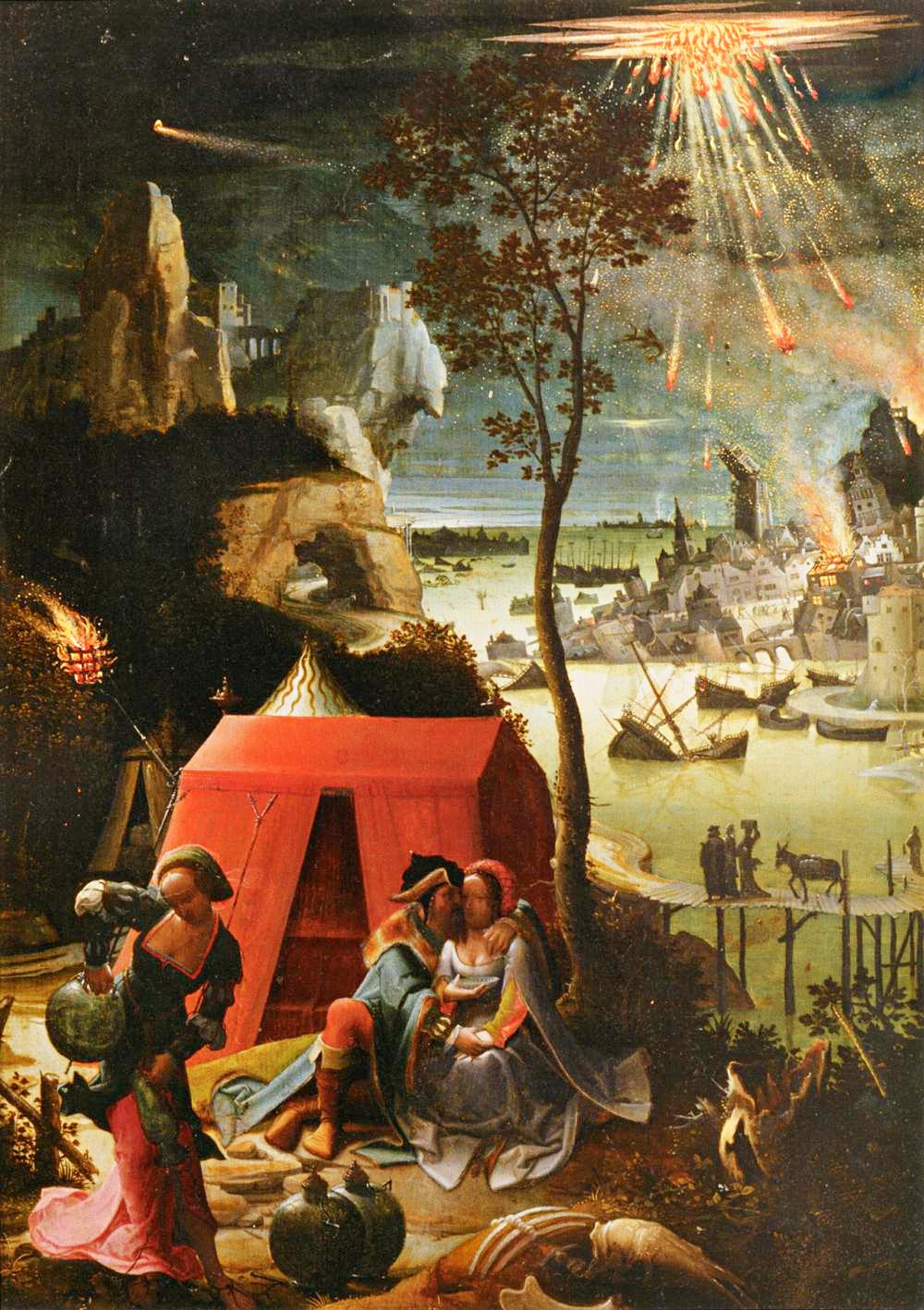
2 responses to “Sodom or Gomorrah, Located at Tall el-Hammam in Jordan”
It is appropriate time to make some plans for the longer term and it’s time to be happy.
I have read this post and if I may I want to counsel you some fascinating issues or tips.
Perhaps you can write subsequent articles regarding this article.
I desire to read more issues approximately it!
Justin, At this time this is all I want to say about Sodom and Gomorrah. I hope to drive past the excavation in a year or so and I may post a short update then. However, at the bottom of my blog article are references for additional reading. They go into more depth into the archaeological finds and historical background. Enjoy.